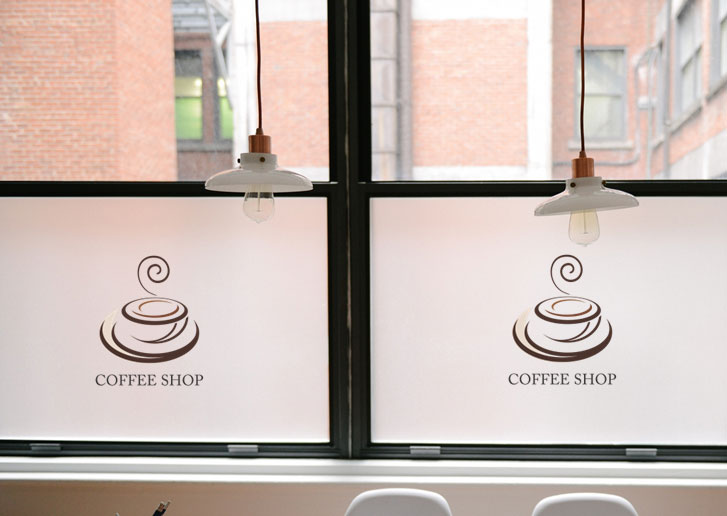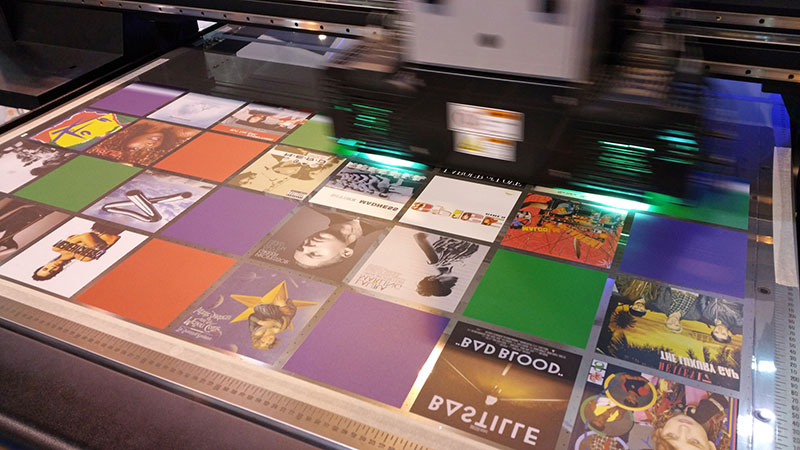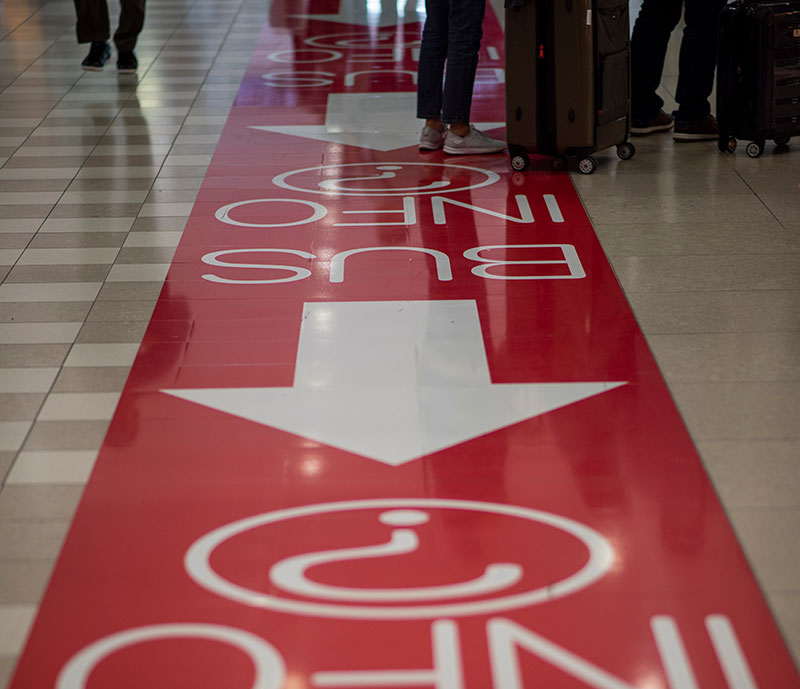


What are Flatbed Printers?
Based around the flat surface that you put the material you want to print onto, flatbed printers offer a variety of different dynamics. Mainly suited to commercial applications, flatbed printers are used extensively for signage (both indoor and outdoor), exhibitions, graphics, retail displays but can also extend into promotional merchandise and fine art too. Typically, the printing technology involved is UV, which means that even traditionally difficult media can be printed on due to the lower temperatures involved.
The flatbed often features a vacuum facility, just like the JETRIX flatbeds, which ensure any media being printed on remains consistently in position during the printing process. And the adjustable head height means it is possible to print on a variety of different thicknesses. So, it can be used for paper and card through to acrylic and wood which are typically thicker in nature. All this is combined with high printing precision, with resolutions ranging from 72dpi and upwards.
Why choose a UV Flatbed Printer?
The most obvious reason to choose a flatbed UV printer is the technology involved and therefore what that can deliver in terms of print quality. The UV inks are specially developed so once exposed to the UV light; they are cured into a state that bonds directly to the substrate being printed. This makes the finished piece extremely resilient and weather resistant while also offering punchy, intense colours. The flexibility of what a flatbed UV printer can work with is key and in terms of media. This means they can take on an extensive variety of substrates. These require limited preparation and are only limited really by the overall size of the flatbed. In fact, the media a flatbed UV printer can print on can range from anything including film, canvas, cloth, plastic, acrylic, glass, ceramic, metal, wood, leather through to paper…and more!
Practically, digitally printing using a flatbed also lends itself to increased sustainability as there is less waste, less indoor air pollution alongside the ability to produce shorter production runs if required. This also means there are a myriad of ways to customise what is being produced.
